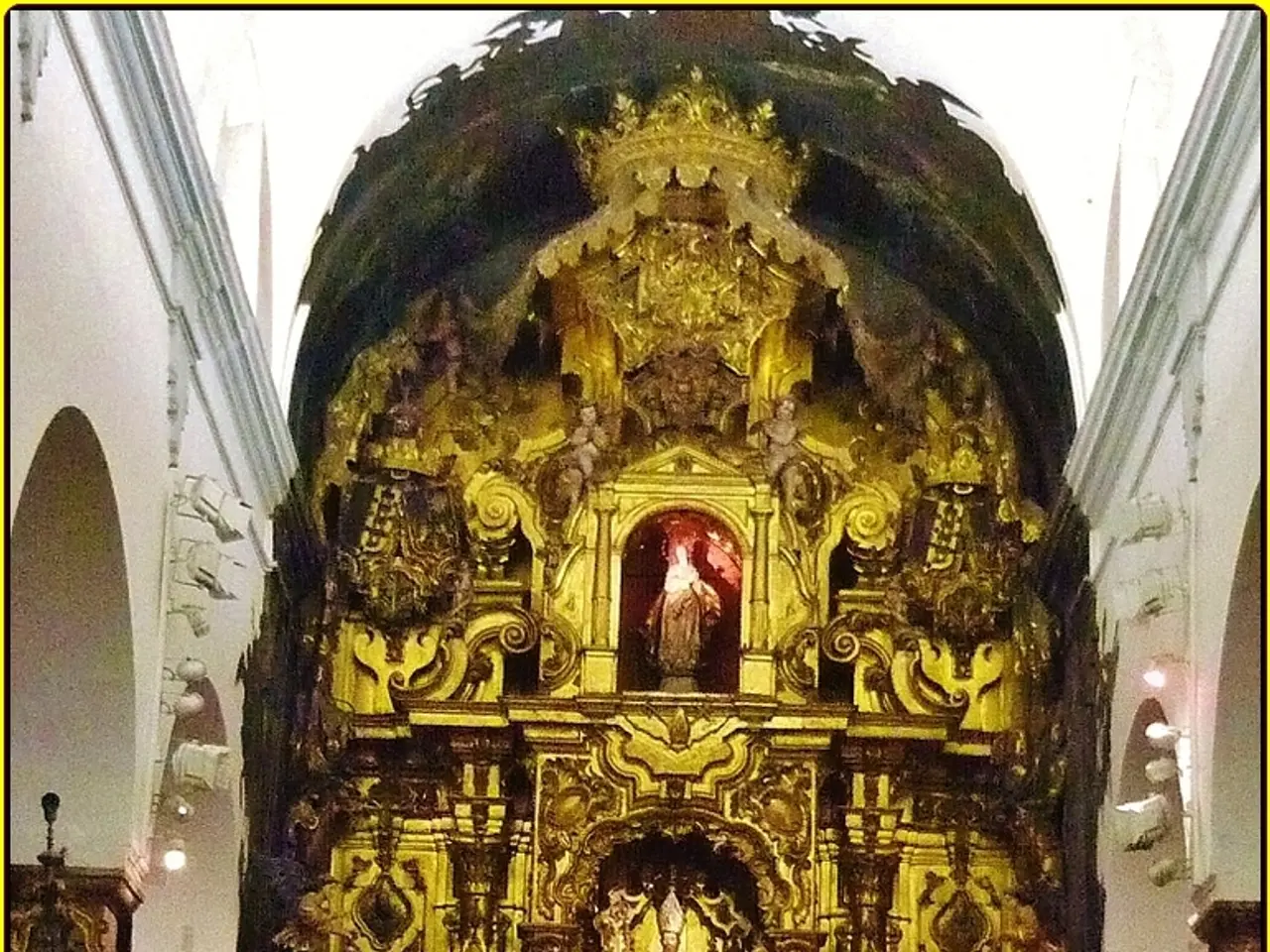Archaic Stone Structures Erected During Korea's Bronze Era
Discovering the Mysteries of Ancient Korean Dolmens
The Korean peninsula is home to a fascinating archaeological puzzle – the dolmens, also known as koindol or chisongmyo. These simple stone structures, erected during the late Neolithic period or Korean Bronze Age (1st millennium BCE), have left scholars intrigued and the public captivated.
In southern regions, clusters of 30-100 dolmens can be found in close proximity, hinting at a shared elite class or dynasty of rulers. However, there are no specific historical written sources mentioning the origin of this elite dynasty; most knowledge about this comes from archaeological evidence such as the dolmen structures themselves.
Dolmens can take three different forms: the 'table' or takcha form, the paduk form, and a third type seen more often in the south. The first type, the takcha form, usually occurs in isolation, while the others are sometimes found set in rows or groups. Outstanding examples of ancient Korean dolmens are the table-type structures on Ganghwa Island, dating to around 1000 BCE in the Korean Bronze Age.
The significance of the size of the capstone in dolmens is debated among scholars, with some suggesting it signifies the status of the buried individual. The largest example of a dolmen found measures 5.5 metres wide and 7.1 metres tall, and many weigh over 70 tons. Some believe this grandeur symbolizes the connection between the buried individual and the divine.
Dolmen tombs often contain precious bronze goods such as daggers, swords, bells, mirrors, and polished stone daggers, along with burnished pottery. One particularly rich tomb, the Namsong-ri tomb, contained over 100 bronze artifacts, including mirrors, daggers, an axe, chisel, lacquered birch-bark scabbard, and tubular-shaped jade beads.
Interestingly, some tombs contain jade or amazonite beads, including crescent-shaped gogok beads, possibly originating in Siberia and symbolizing new life. These beads reappeared in later ornamentation, notably on the golden crowns of the Silla kingdom (57 BCE - 935 CE).
The design of dolmens may symbolize the meeting point of heaven and earth, with the round, flat capstone representing heaven and the square upright stones representing the earth. This theory is one of many that attempt to explain the purpose and meaning behind these ancient structures.
Single standing stones (menhirs), unrelated to a burial context and perhaps used as marker stones, are also found across Korea. Over 200,000 megalithic structures have been recorded in Korea, with 90% of them in South Korea where they have the status of protected monuments.
The similarity between Korean and European dolmens, such as those at Carnac and Locmariaquer in France, is a mystery without evidence of contact between the two areas at the time of construction. The presence of similar dolmens on the Korean islands of Jeju and Ganghwa, and in areas of Japan, suggests that the cultural wave did not stop at the Korean mainland but also crossed to the Japanese islands.
The method of erecting dolmens is a source of disagreement among scholars. Some believe they were constructed using simple levers and ropes, while others propose more complex mechanical devices were used. Despite these uncertainties, the dolmens stand as a testament to the ingenuity and craftsmanship of Korea's ancient builders.
Archaeological evidence suggests that the Bronze Age culture spread from Manchuria into the Korean peninsula, mixing with the indigenous Neolithic population. This fusion of cultures is reflected in the diverse finds within tombs, with the least impressive dolmens often containing the most precious bronze goods. Some objects found in tombs may have been used by shamans, and there is evidence that shamans were also tribal chiefs in early Korea.
As we continue to uncover the secrets of these ancient structures, the dolmens of Korea remain a captivating mystery, inviting us to delve deeper into the history and culture of our past.







